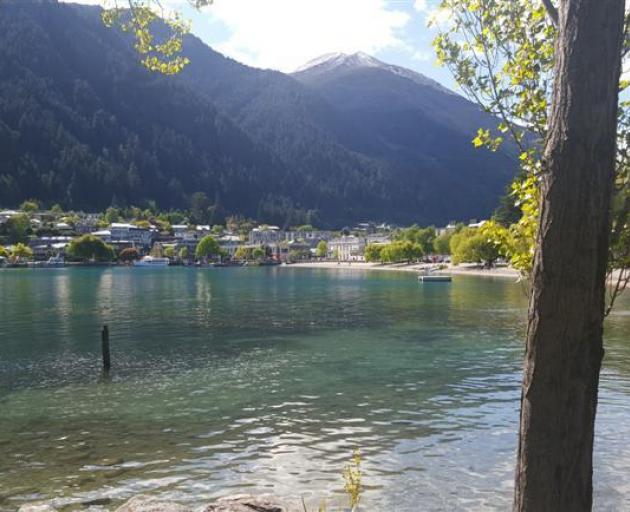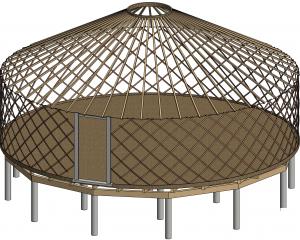
Bird poo has been blamed for fluctuating levels of E. coli in Lake Wakatipu.
In a joint press release, the Otago Regional Council and Queenstown Lakes District Council said samples taken by ORC at Queenstown Bay late last year reported fluctuating E. coli concentrations.
On January 6, people were told to avoid swimming in the lake due to high E. coli readings.
The warning was removed the next day.
Faecal source tracking was begun and the result was ''clearly bird contamination which is consistent with the volume of birdlife in and around the district's lakes''.
''Fluctuations in results (reporting spikes in E. coli returning to very low levels in subsequent testing) can be quite common after heavy weather events rather than being a result of any infrastructure issues.''
QLDC was looking to undertake testing that differentiated between fluctuating and consistently elevated E. coli readings to ''reduce any unnecessary disruption to recreational enjoyment of the lakes whilst still keeping them safe'', the press release stated.
''From testing, we know that the open parts of Lake Wakatipu have very high-quality water, whereas the areas closer to the shore can be more variable.''
ORC takes weekly water samples from two recreation sites on Lake Wakatipu, one site on Lake Wanaka, and one site on Lake Hayes.
Every sample taken from these lakes is split and half is sent to Environmental Science and Research (ESR) for testing. If the routine E. coli test result is high, then ESR tests for the source of the contamination.
''ORC and QLDC have collaborated positively on water quality in recreation sites, and QLDC has recently agreed to take full responsibility for re-sampling any areas of concern daily until the levels of E. coli are low again, and to keep the public informed with signage if there is any health risk.''
In another initiative, QLDC has agreed to undertake more water sampling on behalf of ORC at sites 100m out from the shore to further understand bacterial contamination in different weather conditions.











